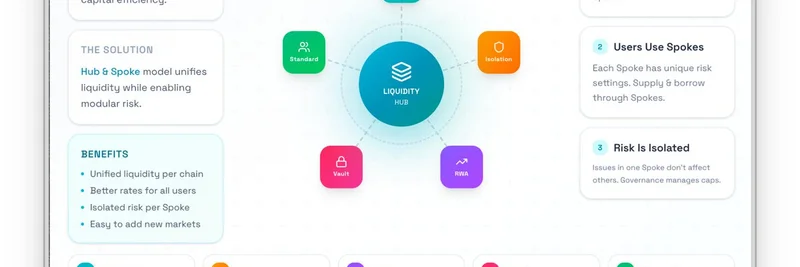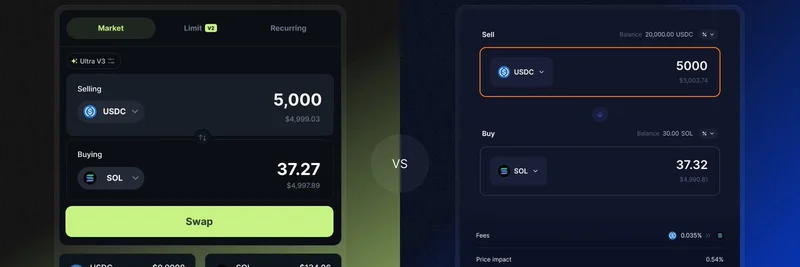Quick Overview
- Contract:
0x6c3a2b447602db1a879ebe5d44198c1b9c344444 - Chain: BNB Smart Chain (BSC), BEP‑20 standard
- Symbol/Name: DDDD (meme‑style ticker; multiple tokens share this symbol on different chains)
- Decimals: Typically 18 for BEP‑20 tokens
DDDD on BSC shows basic on‑chain activity and appears on DEX trackers, but a serious “honeypot” warning has been flagged by third‑party analysis tools. A honeypot is a malicious or restrictive contract setup that lets you buy but blocks or heavily limits selling, causing potential total loss. Proceed with extreme caution.
To avoid confusion: there are other tokens with the symbol “DDDD” on different networks (e.g., on Ethereum). This article is specifically about the BSC contract above.
On‑Chain Signals and Trading Context
- Evidence of trading exists on BSC through decentralized exchanges (DEXs), with visible price moves and transaction history.
- However, at least one analysis source warns that this contract “is a honeypot or has restrictive sells,” meaning selling may fail even if buying succeeds.
You can review live on‑chain data via BscScan. If you explore trading interfaces, be aware of the risk:
- GMGN.AI token page offers real‑time analytics, smart money tracking, and security checks.
- PancakeSwap is the dominant DEX on BSC, but attempting trades on risky contracts can result in failed sells or losses.
Why Honeypots Are Dangerous (Plain‑English)
- Honeypot: A smart contract designed so buyers can purchase tokens but cannot sell them back on the DEX. The restriction can be coded via transfer rules, blacklists, high sell taxes, or toggles controlled by the contract owner.
- Result: Your tokens become effectively unsellable, trapping liquidity and your capital.
- Common in meme tokens with no audits, anonymous teams, or new deployments.
Market Cap and Liquidity Discrepancies
Reported market data for this token varies wildly across aggregators (e.g., market cap showing as $0.00 versus multi‑million figures, and liquidity ranging from cents to seven figures). Big discrepancies can happen when:
- Multiple tokens share the same symbol.
- Data sources index different pools or contracts.
- Metrics are manipulated or not updated.
When a honeypot warning is present, treat inflated metrics as noise. Reliable, consistent data is essential—if it’s missing or contradictory, risk is high.
Missing Fundamentals
There’s no clear project vision, whitepaper, public roadmap, or verified team for this specific BSC contract. Lack of fundamentals isn’t unusual for pure meme tokens, but combined with restrictive‑sell warnings, it signals extreme speculation and potential fraud.
Safety Checklist: How to Vet BEP‑20 Meme Tokens on BSC
Before touching any token—especially meme tickers—run through this quick checklist:
- Verify the Contract
- Open BscScan and check:
- Is the source code verified?
- Are there functions that can block transfers, blacklist wallets, or change taxes (e.g., setTaxes, setTransferLimit, enableTrading flags)?
- Is ownership renounced? If not, can the owner alter trading parameters?
- Open BscScan and check:
- Inspect Taxes and Restrictions
- Look for unusually high buy/sell taxes, max transaction limits, or per‑wallet limits.
- Scan for anti‑sell logic or “onlyOwner can sell” patterns.
- Liquidity Health
- Is liquidity locked or burned? If locked, for how long?
- Is liquidity concentrated in a single pool with very low depth?
- Data Consistency
- Cross‑check market cap, volume, and pool info across multiple sources.
- Beware of tokens with conflicting figures and no official communication channels.
- Test Carefully (If You Must)
- If you still choose to experiment, use a tiny amount and see if a sell succeeds.
- Slippage: Avoid setting abnormally high slippage just to force a trade through—it can mask predatory taxes.
- Use Reputable Tools
- Security scanners and real‑time trackers can flag honeypots, high taxes, and suspicious ownership controls. The GMGN.AI token page is useful for smart money signals and risk checks.
- Community and Transparency
- Seek a public team, active socials, audit reports, and a roadmap. If none exist, assume speculation only.
Practical Recommendations
- Avoid trading tokens flagged as honeypots or restrictive‑sell contracts.
- If you explore anyway, use platforms that surface contract risks and on‑chain alerts, and always confirm on BscScan.
- Stick to small experimental amounts, and never risk funds you cannot afford to lose.
- Prefer tokens with locked/burned liquidity, renounced ownership, transparent taxes, audits, and consistent cross‑platform data.
Bottom Line
DDDD on BSC (0x6c3a…4444) carries a high‑risk profile with explicit honeypot or restrictive‑sell warnings. The absence of fundamentals and inconsistent market metrics compound that risk. For most traders, the safest move is to avoid this token. If you still want to analyze live data or explore liquidity and pairs, do so cautiously via tools like GMGN.AI and reputable DEXs such as PancakeSwap—and be prepared for trades to fail if sell restrictions are active.




